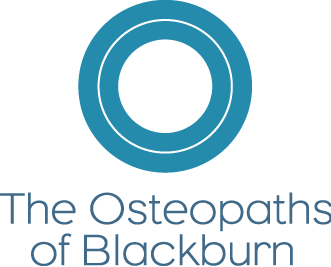My back is out!
A common thing people say to us when presenting at the clinic is ‘my back is out’, or ‘my back is out of place and needs popping back in’. ‘Out’ is a term that has been mistakenly used for years to describe a problem with someone’s back or neck. But the truth is that if a joint or bone was actually ‘out of place’ you would hospitalised due to pain and can only be sustained with very serious trauma. So we thought we’d try and clear things up and mention a few injuries that can be the cause of something thought to be ‘out of place’.
Facet Joint strain: On the sides of the vertebra in our spine are small joints called facet joints. These joints connect the vertebra above and below to form the linking of the spine. When functioning properly the joint surfaces slide against each other giving us movement in the spine. A strain of one of these joints is the most common explanation of someone coming to see us in agonising pain and complaining their ‘back is out’. When strained, the joint and surrounding tissues fill with inflammation and clinically presents with sharp pinching pain on movement. A facet joint strain is commonly injured with a twisting motion in a bent position e.g. gardening, lifting whilst twisting. This can be extremely painful and can completely immobilise the strongest of people…If you’ve ever got stuck in a position and can’t move due to pain, a facet joint strain was the most likely culprit. The pain usually escalates for approximately 24-48 hrs whilst the inflammation cycle takes hold then steadily improves in the coming days with appropriate treatment. Although a twisting movement is a common way to injure a facet joint, they can also begin to come irritated for no particular reason if there is an underlying problem in the area e.g. Arthritis in the joint or old injury site. If arthritis, postural strain, or an old injury has been sustained in the area, that joint can be considered vulnerable to a flare up, and therefore management is crucial.
Muscle spasm: Another very common problem accounting for someone coming into our clinic looking rather bent over and crooked! Muscle spasm is often associated with an underlying facet joint strain as mentioned above. The facet joint becomes inflamed and the surrounding muscle tissue goes into spasm. This contributes to the ache and stiffness associated with lower back or neck pain. Prompt treatment for both muscle spasm and facet joint strains can be very effective so please speak to your osteopath ASAP if you have injured yourself.
Disc bulge: One of the problems that we have to consider with any lower back or neck injury is the possibility of a disc injury. Although mild disc bulging can be considered normal as we age, sometimes either a pre existing disc bulge can be acutely exacerbated or be sustained with an injury. Symptoms associated with disc injury may include (if nerve impingement is involved) pain radiating down the arm or leg, loss of strength, and/or numbness tingling, pins and needles anywhere in the leg arm, foot or hand. If you experience any of these symptoms please speak to your osteopath as further imaging may be required to evaluate the severity of disc bulging.
What can I do when I’ve injured my back or neck?
The first thing you can do is get your injury diagnosed as soon as possible so appropriate treatment can be administered. Your osteopath can also talk to you about your lifestyle and help you make corrections to help aid in the prevention of such injuries recurring. In our daily lives we develop patterns which manifest in our bodies which can subsequently predispose you to recurrent injuries. Identifying and correcting these patterns is often the key to long term injury prevention.
So next time you can feel back or neck pain coming on or have injured yourself, don’t panic, your back is not ‘out’, it is most likely related to a joint strain and muscle spasm. Speak to your osteopath as soon as possible so the matter can be dealt with and the recovery time reduced.
